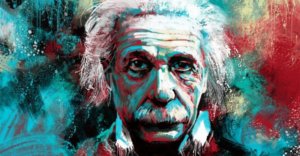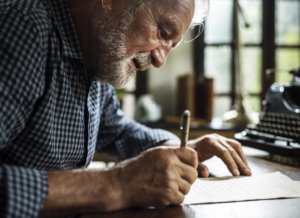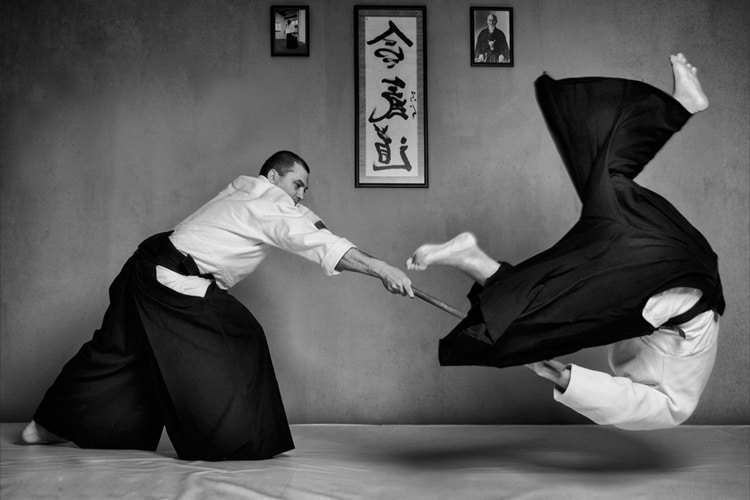
Aikido is very different from boxing and mixed martial arts. While you may think of other traditional Asian martial arts such as Karate, Taekwondo, Judo, Jujitsu or Kendo when you think of Aikido, Aikido is quite different from these. How is Aikido different from these martial arts? Where does the word aikido come from? How did it come about? What are the benefits of Aikido? Is it easy to learn Aikido? The answers to all these questions and more are below.
What Does Aikido Mean? When Was It Revealed By Who?

Aikido, origin 12. It is a Japanese martial art that dates back to the 19th century. Aikido was founded in the 1920s by Morihei Ueshiba (1883 – 1969), known as O-Sensei (great teacher). One meaning of Aikido is “The Way of Harmony of the Spirit”. It is an art that does not meet violence with violence, but preserves its warrior roots.
It is based on movements in which the offensive force of the attacker is turned against him. It is one of the most widely practiced martial arts in the world. However, according to Ueshiba, Aikido should be practiced as more than just a simple fighting method. To understand why it’s more than just a fighting method, let’s take a quick look at how Aikido came to be.
The Ideal Warrior in Japanese Thought: Not a Death Machine, but a Man of Principle and Duty

Influenced by internal and meditative disciplines inherited from India and China, Japanese martial arts often emphasized the development of inner and physical integrity. Wielding the crucial sword with compassion and understanding, the ideal warrior in Japanese thought is more than a simple killing machine; It is an example of honesty, courage and loyalty, willingly sacrificing his life in the name of principle and duty.
Overflowing with these traditions, O-Sensei thought of Aikido not only as a way to defeat an enemy, but as a way to cultivate the ideal warrior’s positive character and ultimately overcome bilateral conflict. For O-Sensei, Aikido was a way of self-development. He believed that it could be a tool for anyone of any nationality to follow the same path.
Aikido Emerges in Search of Deep Meanings and a Less Destructive Art
On the way to establishing Aikido, O-Sensei first mastered various martial arts, including Daitō-ryu Aiki-jūjutsu (unarmed defense), Kenjitsu (sword), and Sojitsu (spear). O-Sensei devoted himself to rigorous physical conditioning and martial arts practice. Despite his impressive physical and fighting abilities, he was not satisfied. He began researching religions in hopes of finding a deeper meaning for life.
In the late 1920s, O-Sensei began to leave the harsher martial arts, partly due to his association with the Ōmoto-kyō religion. He wanted to develop an art that was non-competitive and less disruptive than his previous education. Combining his martial training with his ideologies, he created the modern martial art of Aikido. Ueshiba decided on the name ‘Aikido’ in 1942.
Aikido Immobilizes Joints Using Opponent’s Energy
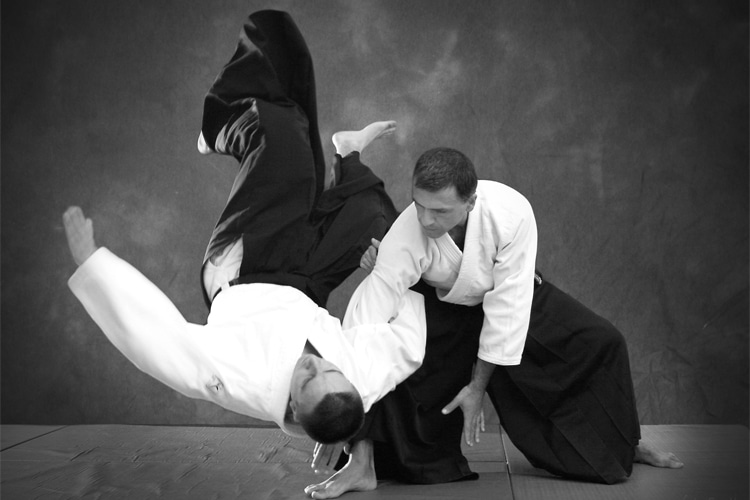
O-Sensei continued to develop Aikido throughout his life, and his training styles changed as he got softer and stronger in his training. The main form of these martial arts techniques are joint immobilizations and shots that use the opponent’s energy. Practices with bokken and jo (wooden training weapons) help to understand and improve techniques. Traditional Aikido has not been competitive since its inception, but various styles have been developed that bring out the competitive aspects.
What Are the Two Fundamental Commitments at the Essence of Aikido?
The principles, techniques and movements of Aikido include staying relaxed, focused and centered, harmonizing with the energy of an attack and leading it to a peaceful resolution. At the core of Aikido training are two core issues: a commitment to the peaceful resolution of conflict whenever possible and a commitment to self-improvement through Aikido training. Aikido has no tournaments or competitions. Instead, all Aikido techniques are learned collaboratively at each student’s ability level.
If Aikido’s Purpose Is Not To Beat Someone Else, What Is Its Main Purpose?

Aikido isn’t about beating an opponent, it’s more about conquering our own limitations, fears, and weaknesses. According to the founder, the aim of Aikido is not the defeat of others, but the defeat of the negativity in our own mind that hinders its functioning.
This martial art also helps us develop our spirit and sense of well-being. A versatile approach to aikido training makes us stronger people and better resilient to negative situations.
How Is Aikido Different From Other Martial Arts?
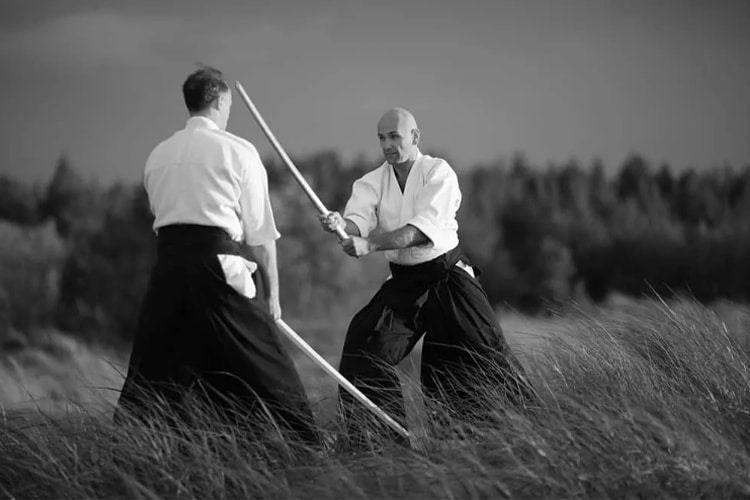
Traditional Aikido is not competitive, and promotions come not by beating an opponent, but by demonstrating an understanding of core exercises and techniques that become more challenging or difficult as rank increases. In Aikido, he works collaboratively with a partner who uses effective techniques to counter an energetic and realistic attack, but blends it with the attack and directs his energy back to the attacker.
In all of these, conflict is conducted in a non-lethal, non-destructive, but effective way. The techniques can result in joint locking or immobilization, or in dynamic movements where the attacker is thrown back or forth across the mat or into a spectacular fall through the air.
Is This Art of Defense Sufficient for Self-Defense?
Aikido is a very effective martial art for self-defense, not only because it teaches us how to defend against various attacks, but also trains our mind and physical condition. Improved posture and breathing help us better fit our bodies.
A positive mind influences how we act and how we are perceived by others. The ability to maintain physical center and mental calm helps us cope with stressful situations, resolve conflict in various situations on the street, at school, at a business meeting or at home.
Many martial arts can help us improve physical things like balance, timing and reaction. One of the goals of repeated training is to move them from conscious processing to automatic reflex.
What Are the Benefits of Aikido?
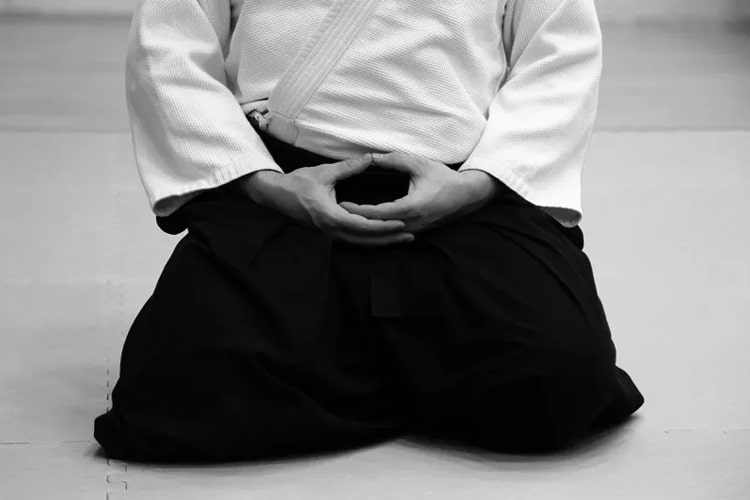
Aikido can be practiced by people of all ages and genders, as it does not require physical strength or an aggressive spirit. Based on full and natural body movement, Aikido works the whole body. Some benefits of Aikido training:
- An effective self-defense system.
- Teaches safe techniques for avoiding falls and injuries.
- Promotes enhanced mind-body coordination.
- It helps to increase the flexibility of joints and muscles.
- It provides methods for relaxation of body and mind.
- It improves focus and concentration.
- Increases stamina and physical condition.
- It trains the mind to remain calm in stressful situations.
- Develops a dynamic, energetic individual.
So Is It Easy To Learn This Martial Art?
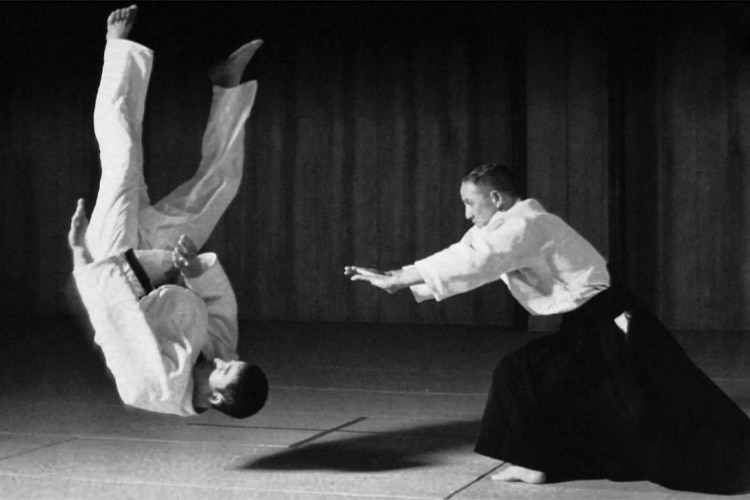
Aikido embodies very simple but complex concepts. Because of these and other differences, learning Aikido can be overwhelming. But it can also be very rewarding because it ultimately aligns us with ourselves and our world, helping us become integrated people.
This martial and martial art we are talking about mainly consists of spiral movements rather than linear movements. It teaches us to deal not only with our own energy, but also with the energy of an attacker or another person (or people). Aikido is not a sport and therefore there are no competitive tournaments.
Instead, through collaborative training, he heals himself without belittling others, with no intention of harming or fear of injury. Aikido retains the qualities of fighting spirit, effective technique and intense training. This, combined with the premise of mutual respect and concern and the important balance between attacker and defender, fosters the spirit of O-Sensei’s desire for universal peace.
Due to its versatility, Aikido can be practiced by both young and old alike as a martial art for self-defense, as well as a method of physical and spiritual training.
“True victory is victory over self!” – Morihei Ueshiba







